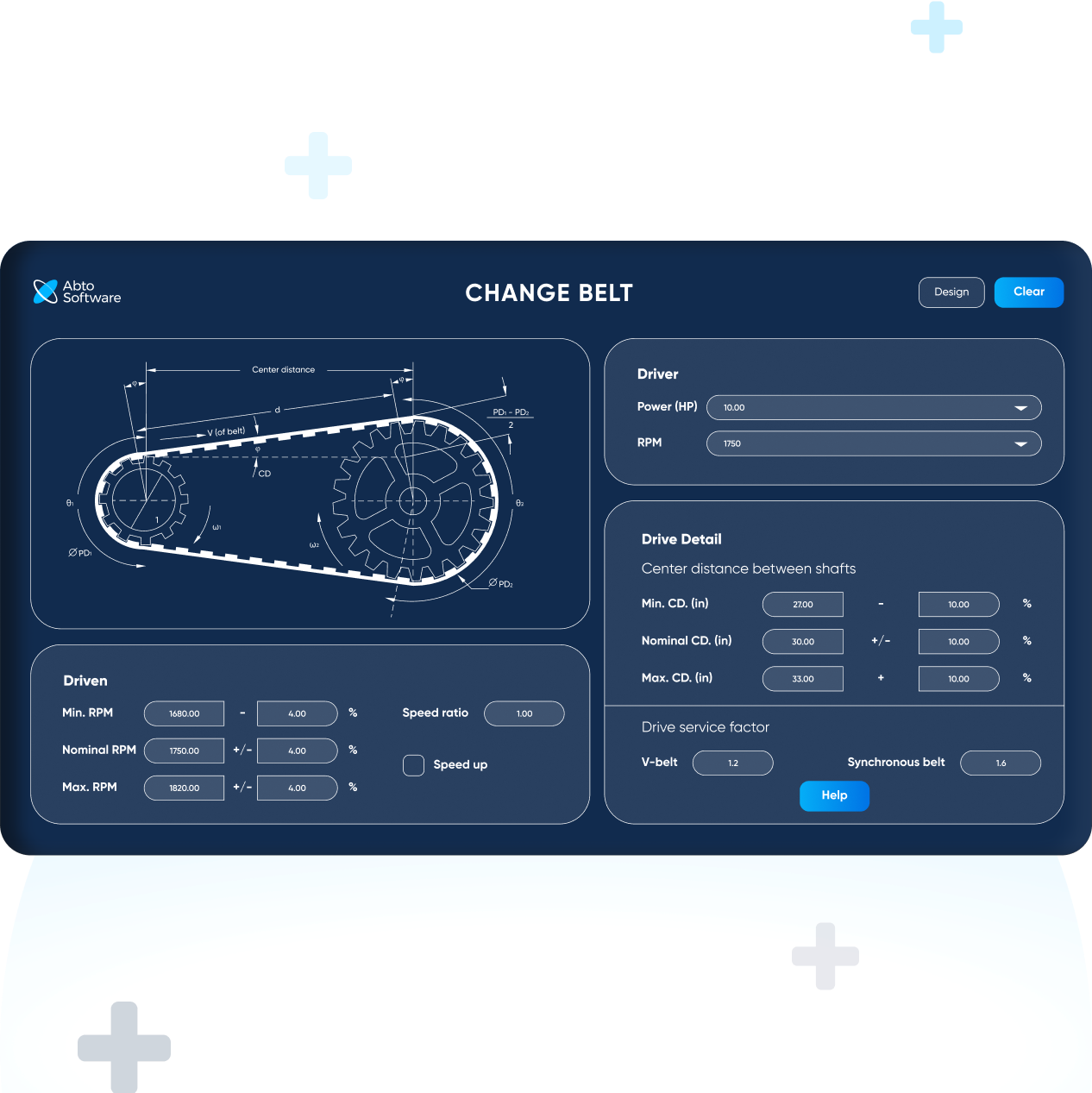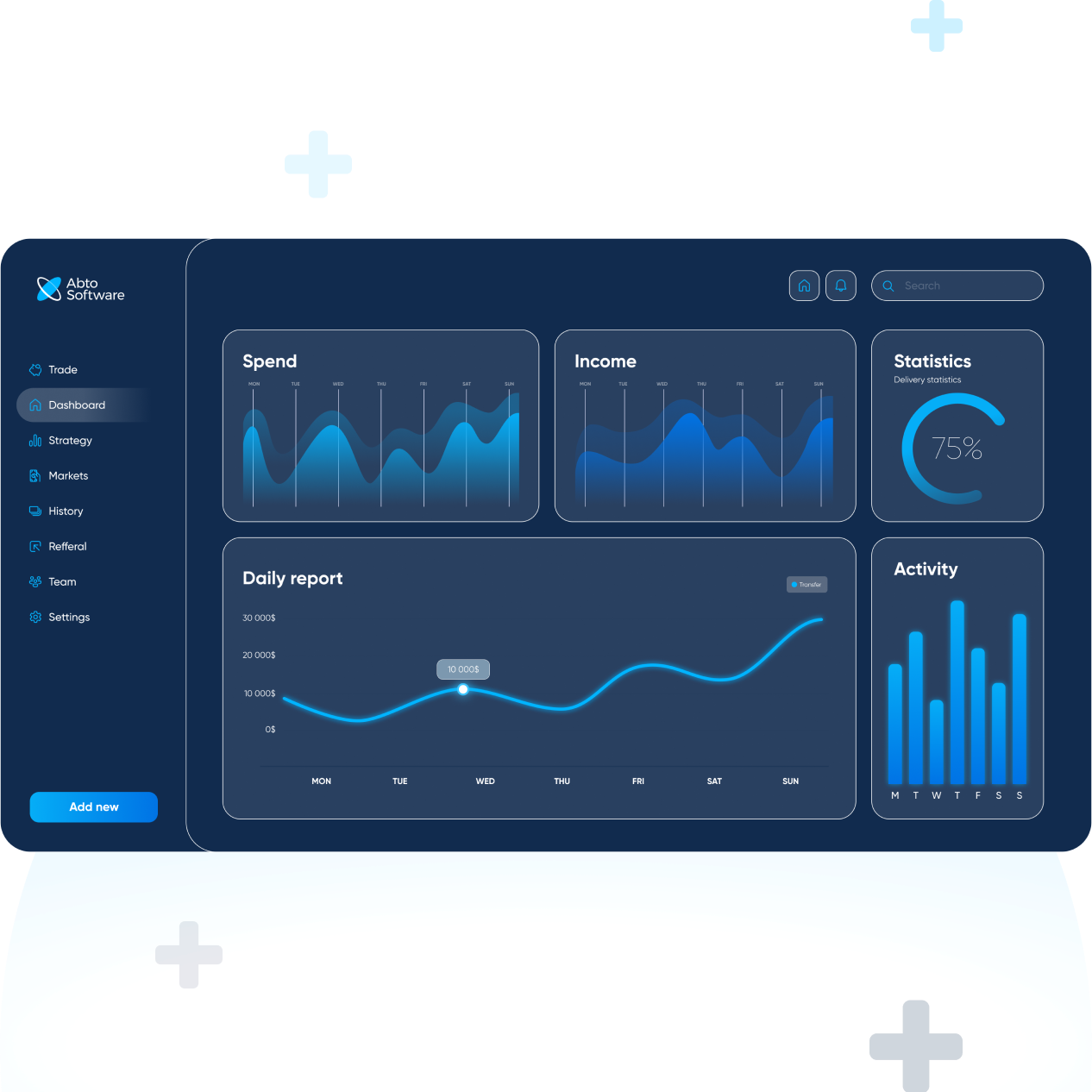With the domain-specific knowledge and experience in providing application modernization and migration, Abto Software is the perfect partner for forward-looking business leaders, Fortune Global 200 Corporations among them.
We migrate legacy applications to help strategic-thinking decision-makers move towards business digitization.
We handle VB6 to C# and VB6 to NET migration enabling integration, security, compatibility, and longevity. From detailed business consulting to investigation, planning, conversion, as well as support and maintenance, we perform smooth legacy application migration to ensure our partners enjoy greater business performance.


